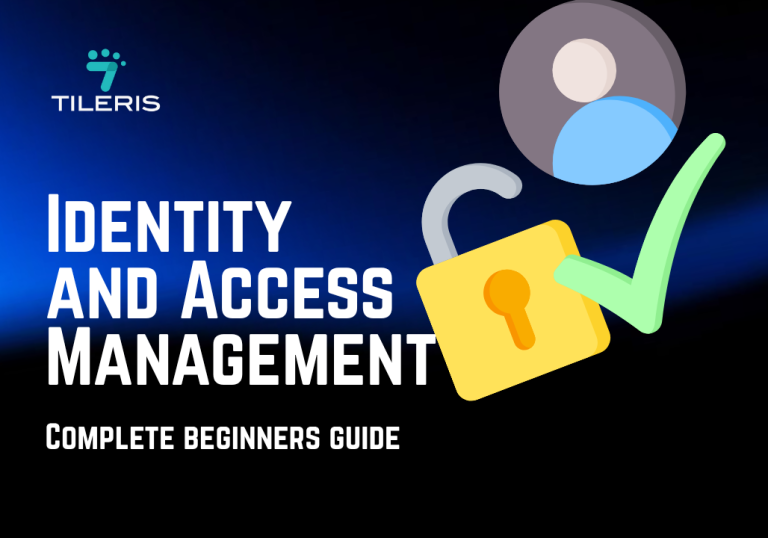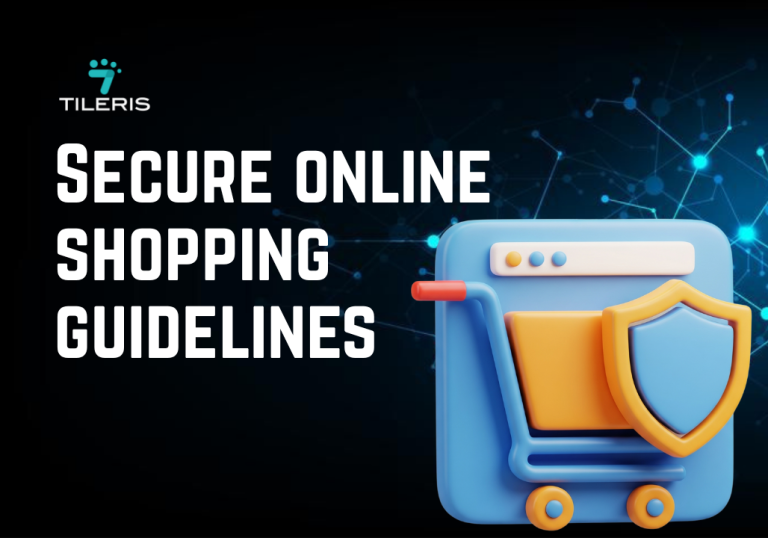Investment Account Protection
Introduction
Investment account protection has now become a critical concern for investors worldwide as digital trading platforms and online brokerage services continue to dominate the financial ecosystem. The increasing advanced features of cyber threats targeting financial assets makes robust account protection strategies essential for safeguarding investment portfolios. This guide explores the diverse aspects of investment account protection, examining both the technological safeguards and behavioral practices that constitute effective account protection protocols.
The convergence of traditional investment management with digital infrastructure has created new vulnerabilities that malicious actors actively exploit. Investment account protection encompasses not only the security measures implemented by financial institutions but also the proactive steps investors must take to secure their digital assets. As cybercriminals develop increasingly sophisticated attack vectors, the importance of comprehensive account protection cannot be overstated.
Knowing the Investment Account Vulnerabilities
Digital Asset Exposure Points
Modern investment platforms create multiple exposure points where account protection measures must be strategically implemented. These vulnerabilities span across authentication systems, transaction processing mechanisms, and data storage infrastructures. Investment account protection requires understanding how these systems interconnect and where potential weaknesses may emerge.
The digital transformation of investment services has introduced application programming interfaces (APIs), mobile applications, and cloud-based storage systems that expand the attack surface. Each component requires specific account protection measures tailored to its unique risk profile and operational requirements.
Common Threat Vectors
Cybercriminals employ various advanced ways and techniques to compromise and get into investment accounts, including credential stuffing attacks, social engineering campaigns, and advanced persistent threats. These attack methodologies specifically target the financial sector due to the high-value nature of investment assets and the potential for significant financial gain.
Phishing attacks have evolved to specifically target investment account holders through convincing replicas of legitimate brokerage platforms. These attacks often bypass traditional security measures by exploiting human psychology rather than technical vulnerabilities, making comprehensive account protection education crucial for investors.
Multi-Tiered Security Structure
Authentication Mechanisms
Effective investment account protection begins with robust authentication systems that verify user identity through multiple verification methods. Multi-factor authentication (MFA) represents the foundational layer of account protection, requiring users to provide multiple forms of identification before accessing their investment portfolios.
Biometric authentication technologies, including fingerprint scanning, facial recognition, and voice authentication, provide additional layers of account protection by leveraging unique physical characteristics that are difficult to replicate or steal. These technologies integrate seamlessly with existing investment platforms while significantly enhancing security posture.
Encryption and Data Protection
Investment account protection relies heavily on advanced encryption protocols to secure sensitive financial data both in transit and at rest. End-to-end encryption ensures that investment information remains protected throughout the entire communication pathway, from initial user input to final transaction processing.
Database encryption and tokenization techniques provide additional layers of account protection by rendering sensitive information unreadable even if unauthorized access occurs. These technologies create multiple barriers that attackers must overcome, significantly increasing the complexity and cost of successful breach attempts.
The Human-Centric Security Practices
Password Management Strategies
Investment account protection requires implementing comprehensive password management practices that go beyond simple complexity requirements. Unique, randomly generated passwords for each investment account provide the foundation for effective account protection, while password managers facilitate the secure storage and management of these credentials.
Regular password rotation schedules, combined with monitoring for compromised credentials, enhance the overall security posture of investment accounts. These practices form an integral component of comprehensive account protection strategies that address both technical and human factors.
Secure Communication Protocols
Investment account protection extends to all communication channels used to access or manage investment portfolios. Secure communication protocols ensure that sensitive information transmitted between investors and their financial institutions remains protected from interception and manipulation.
Email security measures, including digital signatures and encryption, provide additional layers of account protection when communicating with investment advisors or customer service representatives. These protocols help verify the authenticity of communications and prevent social engineering attacks that target investment account holders.
The Regulatory Compliance and Standards
Financial Industry Regulations
Investment account protection operates within a complex and intertwined regulatory framework designed to protect investor assets and maintain market integrity. The Securities and Exchange Commission (SEC) establishes comprehensive guidelines for investment account protection that financial institutions must implement and maintain.
Compliance with the Gramm-Leach-Bliley Act (GLBA) requires financial institutions to implement specific safeguards for customer information, including technical, administrative, and physical measures that contribute to overall account protection effectiveness. These regulatory requirements create baseline security standards that enhance investment account protection across the industry.
Cybersecurity Blueprints
The National Institute of Standards and Technology (NIST) Cybersecurity Framework provides structured guidance for implementing effective investment account protection measures. This framework helps organizations identify, protect, detect, respond to, and recover from cybersecurity incidents that may compromise investment accounts.
ISO 27001 certification demonstrates an organization’s commitment to information security management, including investment account protection protocols. These international standards provide investors with confidence that their chosen financial institutions maintain appropriate security controls and account protection measures.
Advanced Threat Detection and Response
Artificial Intelligence and Machine Learning
Modern investment account protection systems now leverage artificial intelligence and machine learning technologies to identify and respond to emerging threats in real-time. These systems analyze behavioral patterns, transaction histories, and access patterns to detect anomalous activities that may indicate compromise or breach attempts.
Machine learning algorithms continuously evolve and adapt to new threat patterns, providing dynamic and effective account protection that responds to the changing cybersecurity scope. This adaptive measure ensures that investment account protection approaches remain effective against emerging attack vectors and sophisticated threat actors.
Incident Response Protocols
Comprehensive investment account protection includes well-defined incident response protocols that minimize damage and facilitate rapid recovery from security incidents. These protocols outline specific steps for containing threats, preserving evidence, and restoring normal operations while maintaining account protection integrity.
Regular testing and refinement of incident response procedures ensure that investment account protection measures remain effective under real-world conditions. Tabletop exercises and simulated attacks help identify gaps in account protection protocols and improve overall security posture.
The Advancing Technologies and Future Outlook
Blockchain and Distributed Ledger Technologies
Blockchain technology offers new possibilities for investment account protection through immutable transaction records and decentralized verification mechanisms. These technologies provide enhanced transparency and security for investment transactions while reducing reliance on centralized systems that may present single points of failure.
Smart contracts and automated compliance protocols built on blockchain platforms can enhance investment account protection by eliminating human error and reducing the potential for fraudulent activities. These technologies represent the next evolution in account protection mechanisms for digital investment platforms.
Quantum Computing Implications
The emergence of quantum computing presents both opportunities and challenges for investment account protection. While quantum computers may eventually compromise current encryption methods, they also enable new cryptographic techniques that could provide unprecedented levels of account protection.
Quantum-resistant cryptography represents a critical component of future investment account protection strategies, ensuring that current security investments remain viable as quantum computing technologies mature. Financial institutions must begin preparing for this transition to maintain effective account protection capabilities.
Implementation Guidelines
Organizational Security Policies
Effective investment account protection requires comprehensive organizational policies that address both technical and procedural aspects of cybersecurity. These policies should clearly define roles, responsibilities, and procedures for maintaining account protection across all levels of the organization.
Regular policy reviews and updates ensure that investment account protection measures remain aligned with current threat landscapes and regulatory requirements. Employee training and awareness programs complement these policies by ensuring that all personnel understand their role in maintaining effective account protection.
Vendor Risk Management
Investment account protection extends to third-party vendors and service providers who may have access to sensitive financial information. Comprehensive vendor risk management programs evaluate and monitor the security posture of these partners to ensure they maintain appropriate account protection standards.
Contractual requirements for cybersecurity controls and regular security assessments help ensure that vendor relationships do not compromise investment account protection. These measures create a comprehensive security ecosystem that protects investment assets across all stakeholder interactions.
The Performance Tracking and Improvement
Security Metrics and Key Performance Indicators
Effective investment account protection requires continuous monitoring and measurement of security performance through relevant metrics and key performance indicators. These measurements help organizations identify trends, assess the effectiveness of account protection measures, and make data-driven improvements to their security posture.
Regular security assessments and penetration testing provide objective evaluations of investment account protection effectiveness. These assessments identify vulnerabilities and validate the effectiveness of implemented security controls, enabling continuous improvement of account protection capabilities.
Threat Intelligence Integration
Investment account protection benefits significantly from integration with threat intelligence feeds that provide real-time information about emerging threats and attack patterns. This intelligence enables proactive adjustments to account protection measures before threats materialize into actual security incidents.
Collaboration with industry peers and information sharing initiatives enhances the collective effectiveness of investment account protection across the financial sector. These partnerships enable rapid dissemination of threat information and coordinated responses to large-scale attack campaigns.
Conclusion
Investment account protection represents a critical intersection of cybersecurity technology, regulatory compliance, and individual responsibility. As the financial industry continues to evolve and cyber threats become increasingly sophisticated, the importance of comprehensive account protection strategies cannot be overstated. Effective investment account protection requires a multi-layered approach that combines advanced technical safeguards with educated user behavior and robust organizational policies.
The future of investment account protection will likely involve emerging technologies such as artificial intelligence, blockchain, and quantum-resistant cryptography. However, the fundamental principles of security—authentication, authorization, encryption, and monitoring—will remain central to effective account protection strategies. By understanding these principles and implementing comprehensive security measures, investors and financial institutions can work together to create a more secure investment environment that protects assets while enabling continued innovation in financial services.
Success in investment account protection requires ongoing commitment to security awareness, regular assessment of emerging threats, and continuous improvement of defensive capabilities. As the cybersecurity landscape continues to evolve, so too must our approaches to account protection, ensuring that investment assets remain secure in an increasingly connected and digital world.
To take your cybersecurity to the next level, proceed to downloading our free security checklist, it’s packed with simple steps to help you stay protected online. And for more contents like this just head over to tileris.com.
If you’re looking for more hands-on support or more cyber security contents like this contact us, you can also request a free consultation with our AI agents, our experts are ready to guide you. Or, if you’d rather see how Tileris works in real time, go ahead and request a demo through our contact form.






